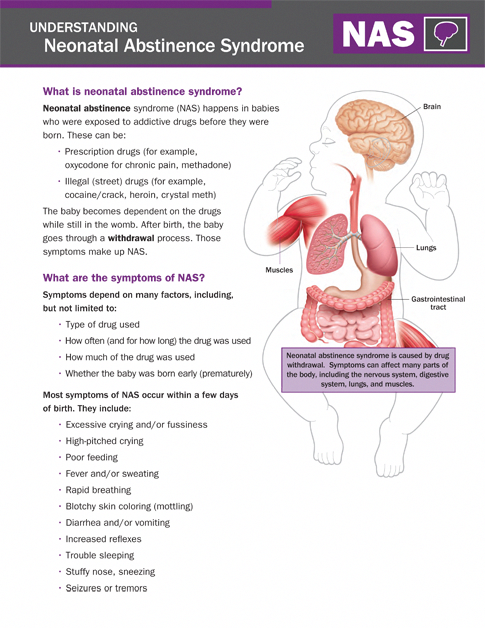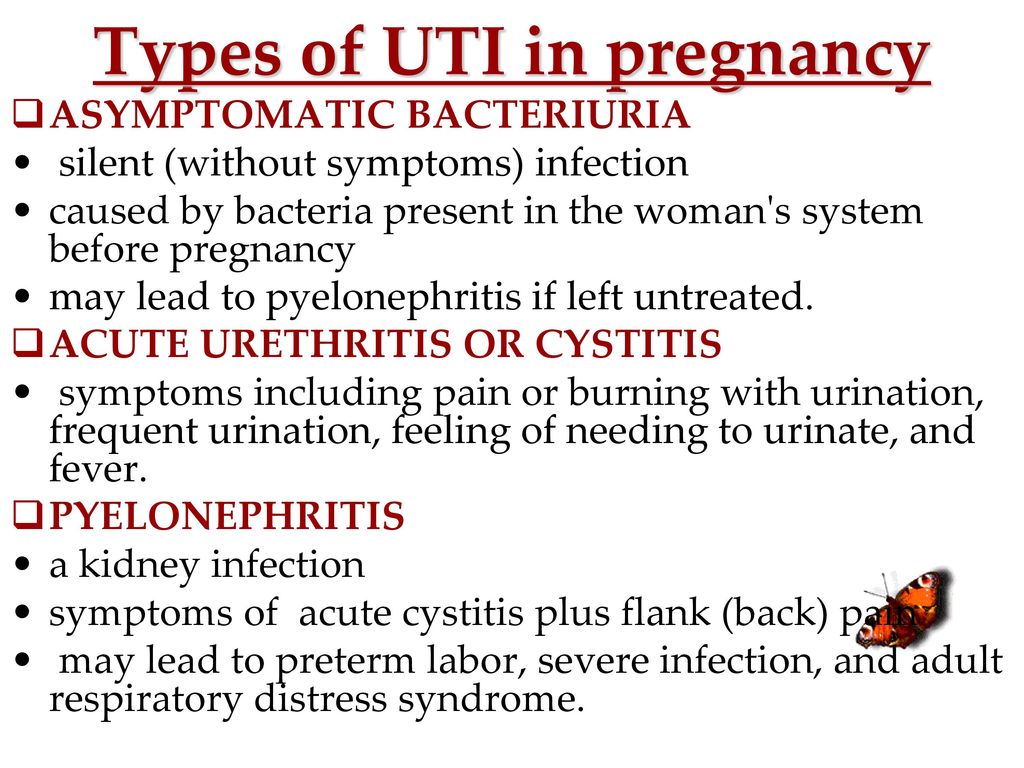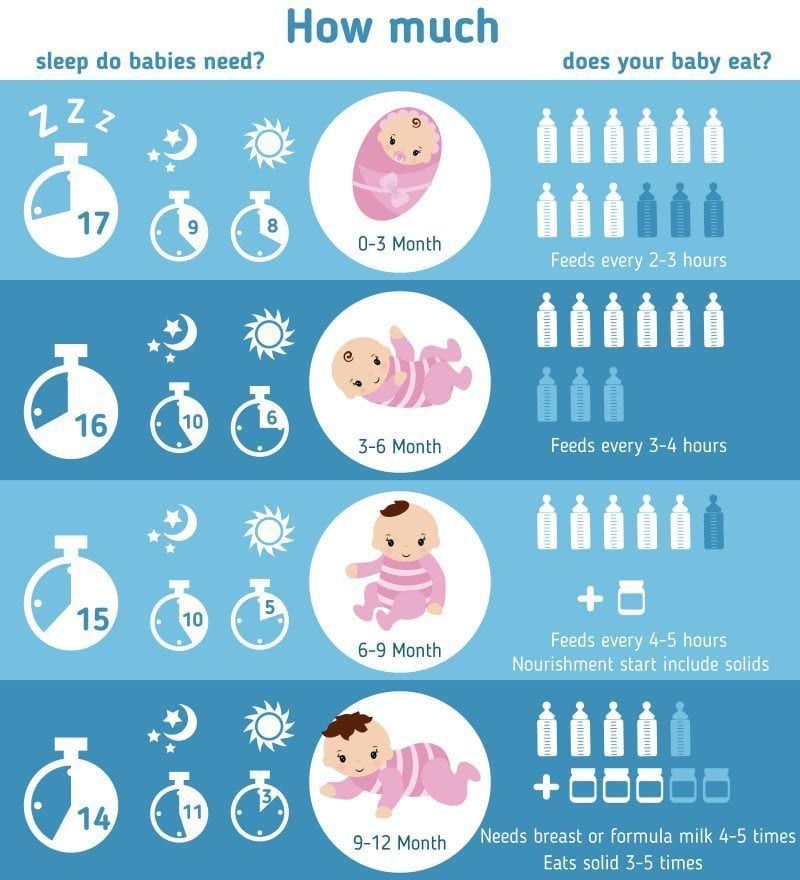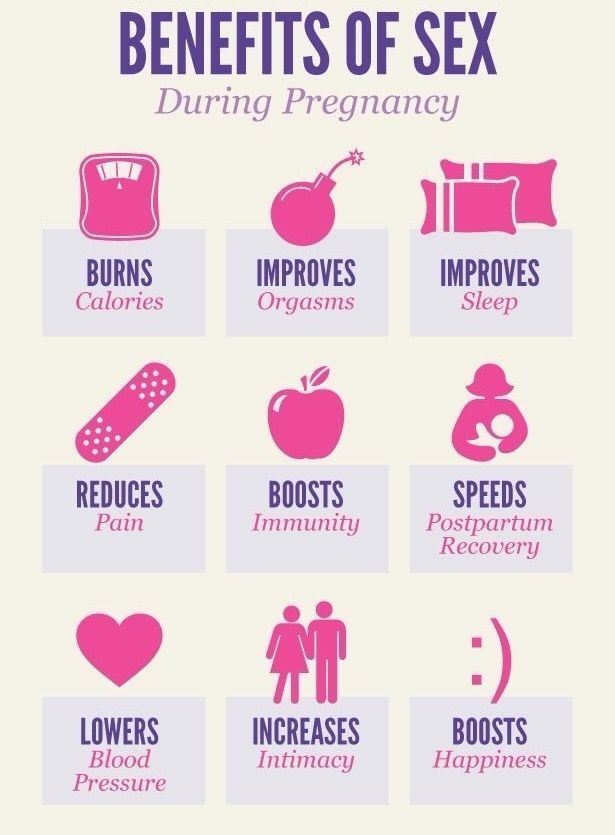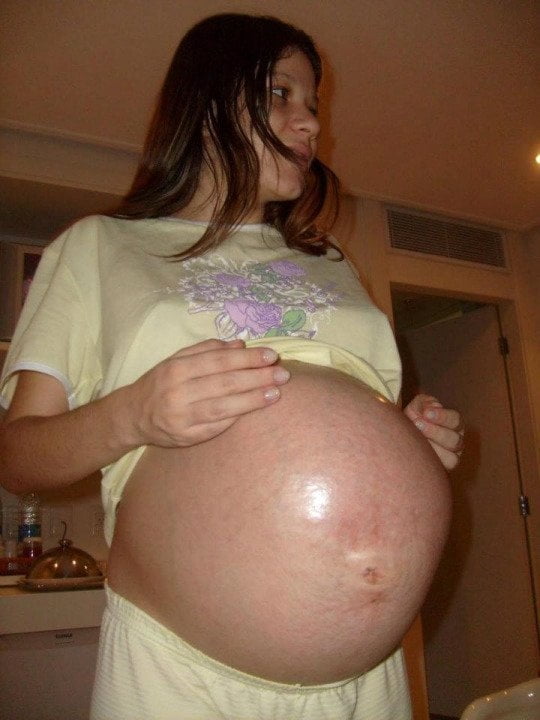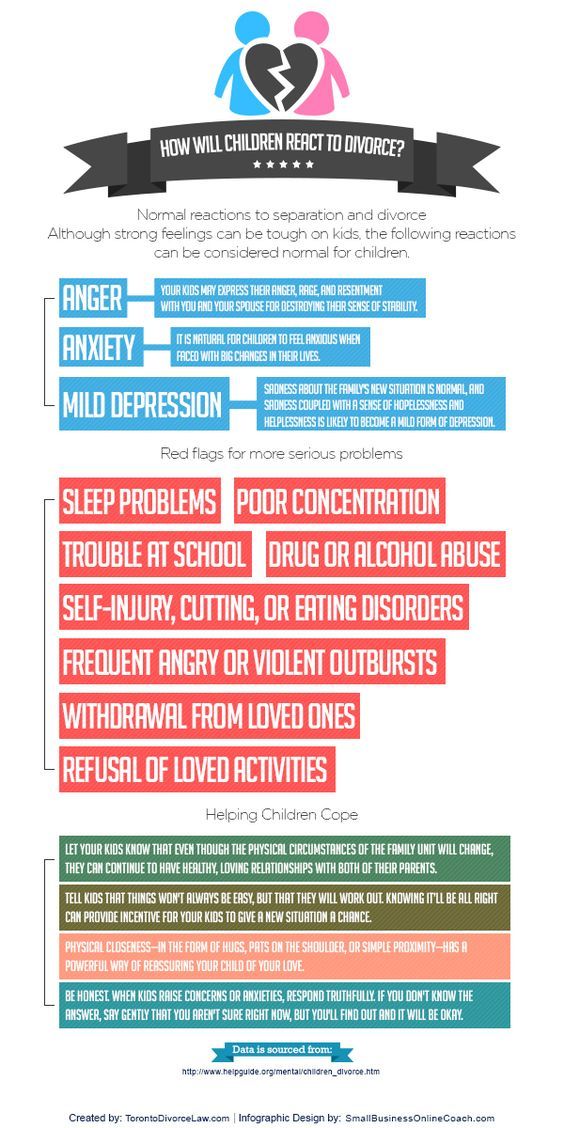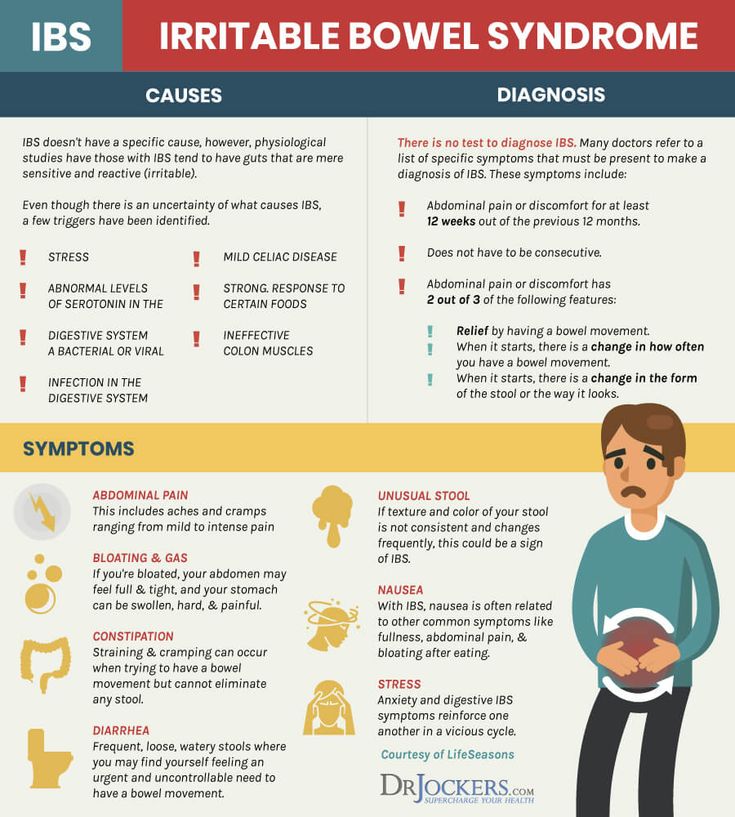Syndromes at birth
Facts about Anophthalmia / Microphthalmia
Anophthalmia and microphthalmia are birth defects of a baby’s eye(s). Anophthalmia is a birth defect where a baby is born without one or both eyes. Microphthalmia is a birth defect in which one or both eyes did not develop fully, so they are small.
Anophthalmia
Click here to view a larger image
Microphthalmia
Click here to view a larger image
What is Anophthalmia and Microphthalmia?
Anophthalmia and microphthalmia develop during pregnancy and can occur alone, with other birth defects, or as part of a syndrome. Anophthalmia and microphthalmia often result in blindness or limited vision.
How Many Babies are Born with Anophthalmia/Microphthalmia?
Researchers estimate that about 1 in every 5,200 babies is born with anophthalmia/microphthalmia in the United States.1
Causes and Risk Factors
The causes of anophthalmia and microphthalmia among most infants are unknown. Some babies have anophthalmia or microphthalmia because of a change in their genes or chromosomes. Anophthalmia and microphthalmia can also be caused by taking certain medicines, like isotretinoin (Accutane®) or thalidomide, during pregnancy. These medicines can lead to a pattern of birth defects, which can include anophthalmia or microphthalmia. These defects might also be caused by a combination of genes and other factors, such as the things the mother comes in contact with in the environment or what the mother eats or drinks, or certain medicines she uses during pregnancy.
Like many families of children with a birth defect, CDC wants to find out what causes them. Understanding the factors that are more common among babies with a birth defect will help us learn more about the causes. CDC funds the Centers for Birth Defects Research and Prevention, which collaborate on large studies such as the National Birth Defects Prevention Study (NBDPS; births 1997-2011) and the Birth Defects Study To Evaluate Pregnancy exposureS (BD-STEPS; began with births in 2014), to understand the causes of and risks for birth defects, including anophthalmia and microphthalmia.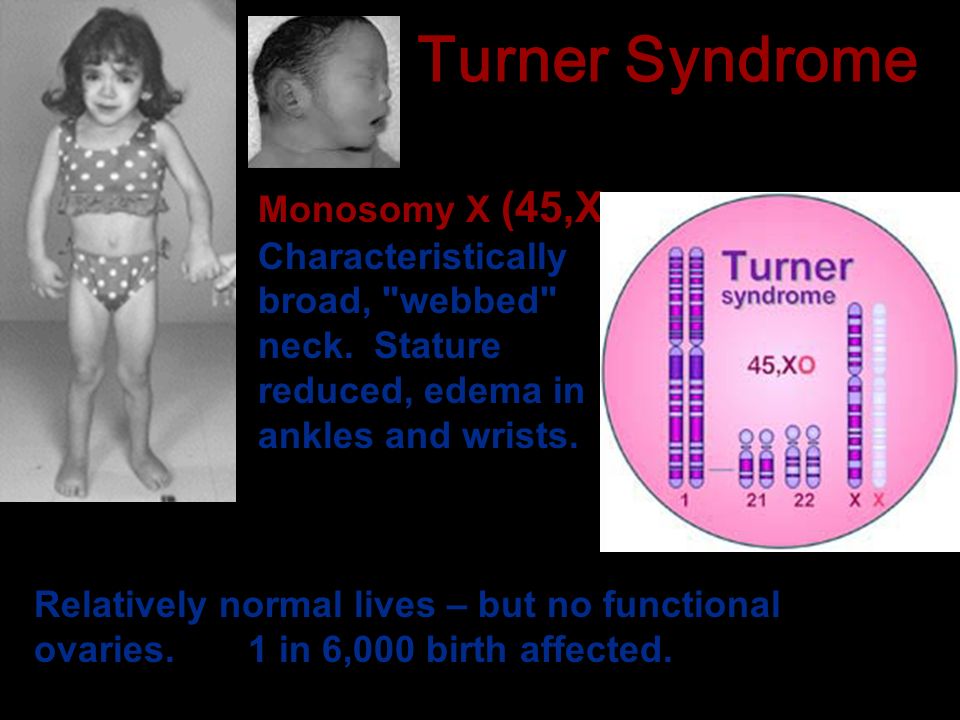
CDC continues to study birth defects, such as anophthalmia and microphthalmia, and how to prevent them. If you are pregnant or thinking about becoming pregnant, talk with your doctor about ways to increase your chances of having a healthy baby.
Diagnosis
Anophthalmia and microphthalmia can either be diagnosed during pregnancy or after birth. During pregnancy, doctors can often identify anophthalmia and microphthalmia through an ultrasound or a CT scan (special x-ray test) and sometimes with certain genetic testing. After birth, a doctor can identify anophthalmia and microphthalmia by examining the baby. A doctor will also perform a thorough physical exam to look for any other birth defects that may be present.
Treatment
There is no treatment available that will create a new eye or that will restore complete vision for those affected by anophthalmia or microphthalmia. A baby born with one of these conditions should be seen by a team of special eye doctors:
- An ophthalmologist, a doctor specially trained to care for eyes
- An ocularist, a healthcare provider who is specially trained in making and fitting prosthetic eyes
- An oculoplastic surgeon, a doctor who specializes in surgery for the eye and eye socket
The eye sockets are critical for a baby’s face to grow and develop properly.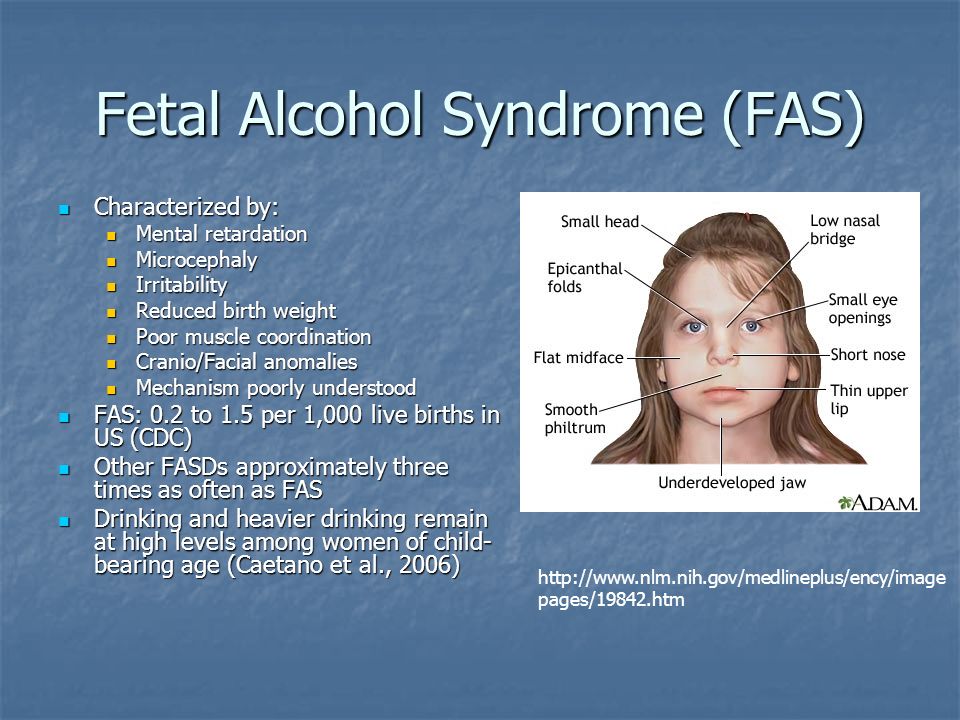 If a baby has one of these conditions, the bones that shape the eye socket may not grow properly. Babies can be fitted with a plastic structure called a conformer that can help the eye socket and bones to grow properly. As babies get older, these devices will need to be enlarged to help expand the eye socket. Also, as children age, they can be fitted for an artificial eye.
If a baby has one of these conditions, the bones that shape the eye socket may not grow properly. Babies can be fitted with a plastic structure called a conformer that can help the eye socket and bones to grow properly. As babies get older, these devices will need to be enlarged to help expand the eye socket. Also, as children age, they can be fitted for an artificial eye.
A team of eye specialists should frequently monitor children with these conditions early in life. If other conditions arise, like a cataract or detached retina, children might need surgery to repair these other conditions. If anophthalmia or microphthalmia affects only one eye, the ophthalmologist can suggest ways to protect and preserve sight in the healthy eye. Depending on the severity of anophthalmia and microphthalmia, children might need surgery. It is important to talk to their team of eye specialists to determine the best plan of action.
Babies born with these conditions can often benefit from early intervention and therapy to help their development and mobility.
Other Resources
The views of this organization are its own and do not reflect the official position of CDC.
- International Children’s Anophthalmia Network
The International Children’s Anophthalmia & Microphthalmia Network is a group of families and professionals dedicated to lending support to individuals who want to learn more about microphthalmia and anophthalmia.
References
- Mai CT, Isenburg JL, Canfield MA, Meyer RE, Correa A, Alverson CJ, Lupo PJ, Riehle‐Colarusso T, Cho SJ, Aggarwal D, Kirby RS. National population‐based estimates for major birth defects, 2010–2014. Birth Defects Research. 2019; 111(18): 1420-1435.
The images are in the public domain and thus free of any copyright restrictions. As a matter of courtesy we request that the content provider (Centers for Disease Control and Prevention, National Center on Birth Defects and Developmental Disabilities) be credited and notified in any public or private usage of this image.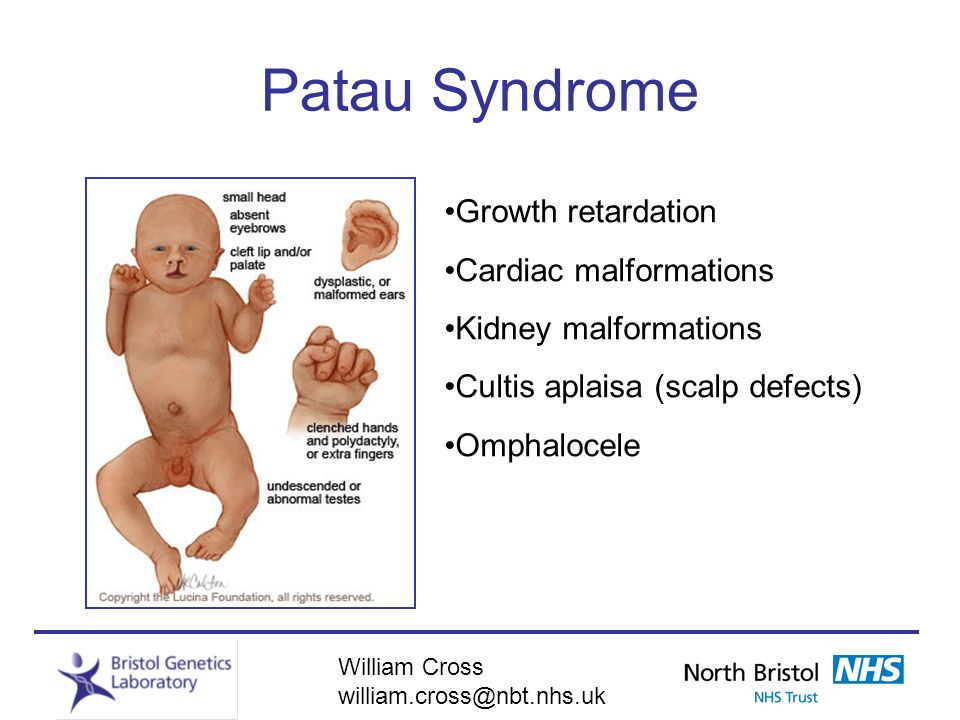
The images are in the public domain and thus free of any copyright restrictions. As a matter of courtesy we request that the content provider (Centers for Disease Control and Prevention, National Center on Birth Defects and Developmental Disabilities) be credited and notified in any public or private usage of this image.
Facts about Down Syndrome | CDC
What is Down Syndrome?
Down syndrome is a condition in which a person has an extra chromosome. Chromosomes are small “packages” of genes in the body. They determine how a baby’s body forms and functions as it grows during pregnancy and after birth. Typically, a baby is born with 46 chromosomes. Babies with Down syndrome have an extra copy of one of these chromosomes, chromosome 21. A medical term for having an extra copy of a chromosome is ‘trisomy.’ Down syndrome is also referred to as Trisomy 21. This extra copy changes how the baby’s body and brain develop, which can cause both mental and physical challenges for the baby.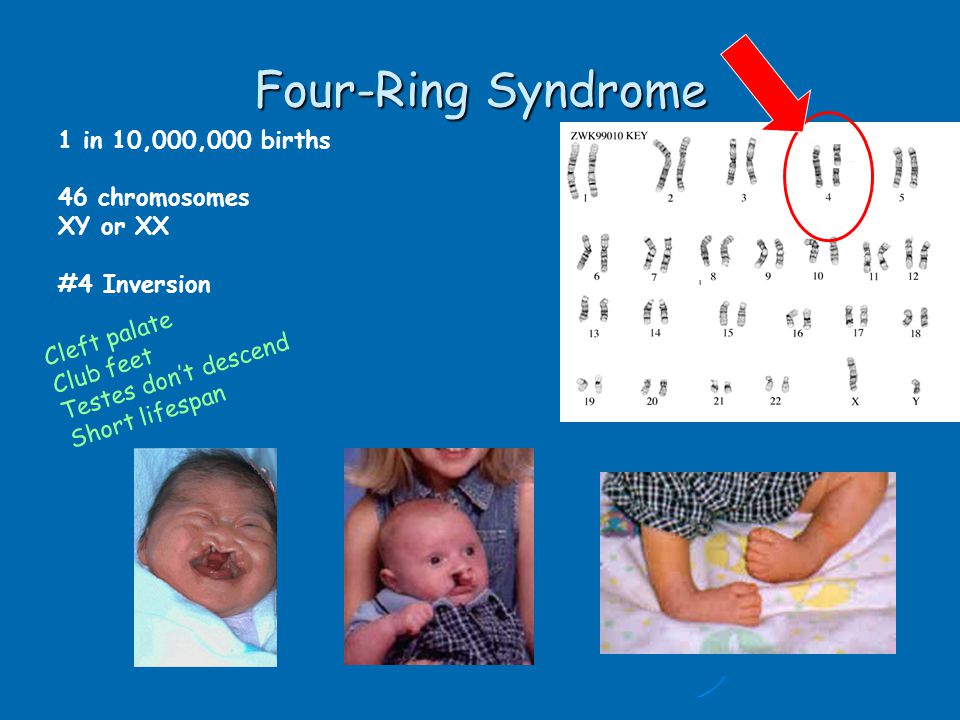
Even though people with Down syndrome might act and look similar, each person has different abilities. People with Down syndrome usually have an IQ (a measure of intelligence) in the mildly-to-moderately low range and are slower to speak than other children.
Some common physical features of Down syndrome include:
- A flattened face, especially the bridge of the nose
- Almond-shaped eyes that slant up
- A short neck
- Small ears
- A tongue that tends to stick out of the mouth
- Tiny white spots on the iris (colored part) of the eye
- Small hands and feet
- A single line across the palm of the hand (palmar crease)
- Small pinky fingers that sometimes curve toward the thumb
- Poor muscle tone or loose joints
- Shorter in height as children and adults
How Many Babies are Born with Down Syndrome?
Down syndrome remains the most common chromosomal condition diagnosed in the United States. Each year, about 6,000 babies born in the United States have Down syndrome. This means that Down syndrome occurs in about 1 in every 700 babies.1
Each year, about 6,000 babies born in the United States have Down syndrome. This means that Down syndrome occurs in about 1 in every 700 babies.1
Types of Down Syndrome
There are three types of Down syndrome. People often can’t tell the difference between each type without looking at the chromosomes because the physical features and behaviors are similar.
- Trisomy 21: About 95% of people with Down syndrome have Trisomy 21.2 With this type of Down syndrome, each cell in the body has 3 separate copies of chromosome 21 instead of the usual 2 copies.
- Translocation Down syndrome: This type accounts for a small percentage of people with Down syndrome (about 3%).2 This occurs when an extra part or a whole extra chromosome 21 is present, but it is attached or “trans-located” to a different chromosome rather than being a separate chromosome 21.
- Mosaic Down syndrome: This type affects about 2% of the people with Down syndrome.
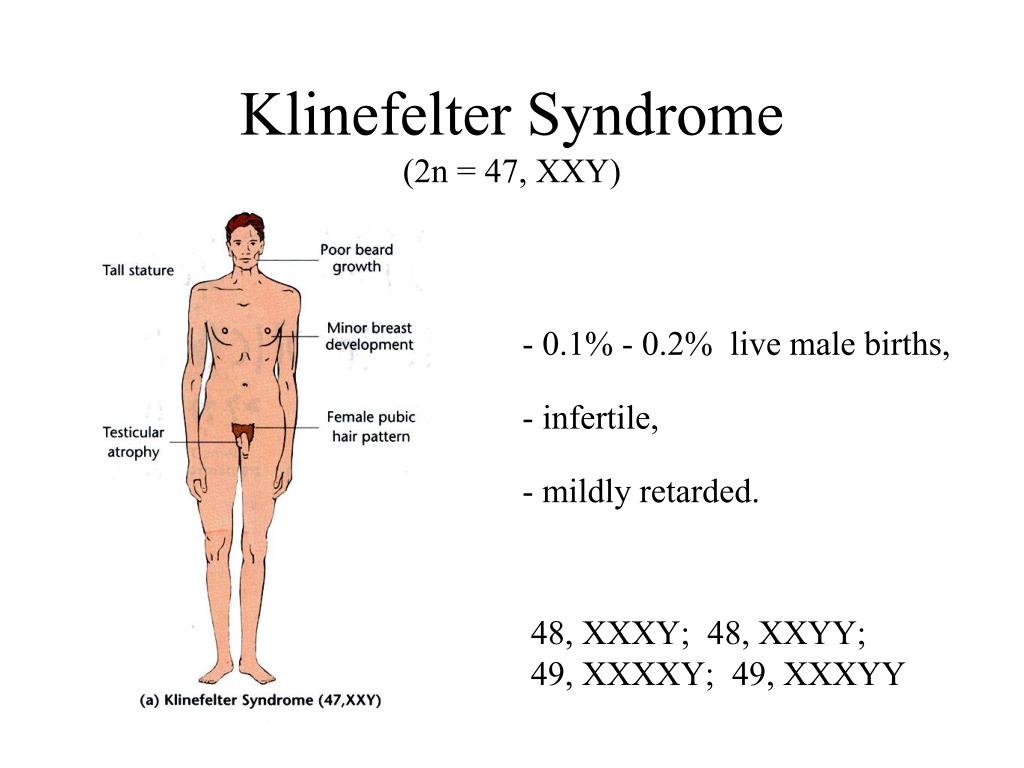 2 Mosaic means mixture or combination. For children with mosaic Down syndrome, some of their cells have 3 copies of chromosome 21, but other cells have the typical two copies of chromosome 21. Children with mosaic Down syndrome may have the same features as other children with Down syndrome. However, they may have fewer features of the condition due to the presence of some (or many) cells with a typical number of chromosomes.
2 Mosaic means mixture or combination. For children with mosaic Down syndrome, some of their cells have 3 copies of chromosome 21, but other cells have the typical two copies of chromosome 21. Children with mosaic Down syndrome may have the same features as other children with Down syndrome. However, they may have fewer features of the condition due to the presence of some (or many) cells with a typical number of chromosomes.
Causes and Risk Factors
- The extra chromosome 21 leads to the physical features and developmental challenges that can occur among people with Down syndrome. Researchers know that Down syndrome is caused by an extra chromosome, but no one knows for sure why Down syndrome occurs or how many different factors play a role.
- One factor that increases the risk for having a baby with Down syndrome is the mother’s age. Women who are 35 years or older when they become pregnant are more likely to have a pregnancy affected by Down syndrome than women who become pregnant at a younger age.
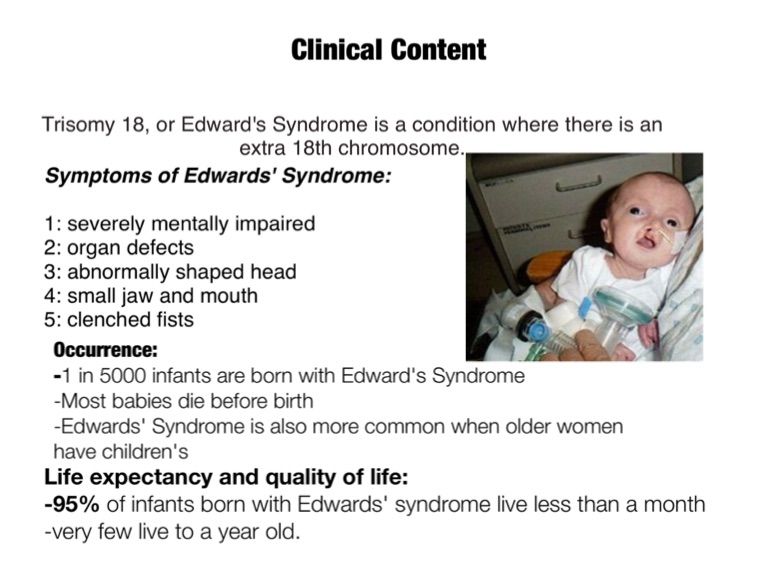 3-5However, the majority of babies with Down syndrome are born to mothers less than 35 years old, because there are many more births among younger women.6,7
3-5However, the majority of babies with Down syndrome are born to mothers less than 35 years old, because there are many more births among younger women.6,7
Diagnosis
There are two basic types of tests available to detect Down syndrome during pregnancy: screening tests and diagnostic tests. A screening test can tell a woman and her healthcare provider whether her pregnancy has a lower or higher chance of having Down syndrome. Screening tests do not provide an absolute diagnosis, but they are safer for the mother and the developing baby. Diagnostic tests can typically detect whether or not a baby will have Down syndrome, but they can be more risky for the mother and developing baby. Neither screening nor diagnostic tests can predict the full impact of Down syndrome on a baby; no one can predict this.
Screening Tests
Screening tests often include a combination of a blood test, which measures the amount of various substances in the mother’s blood (e. g., MS-AFP, Triple Screen, Quad-screen), and an ultrasound, which creates a picture of the baby. During an ultrasound, one of the things the technician looks at is the fluid behind the baby’s neck. Extra fluid in this region could indicate a genetic problem. These screening tests can help determine the baby’s risk of Down syndrome. Rarely, screening tests can give an abnormal result even when there is nothing wrong with the baby. Sometimes, the test results are normal and yet they miss a problem that does exist.
g., MS-AFP, Triple Screen, Quad-screen), and an ultrasound, which creates a picture of the baby. During an ultrasound, one of the things the technician looks at is the fluid behind the baby’s neck. Extra fluid in this region could indicate a genetic problem. These screening tests can help determine the baby’s risk of Down syndrome. Rarely, screening tests can give an abnormal result even when there is nothing wrong with the baby. Sometimes, the test results are normal and yet they miss a problem that does exist.
Diagnostic Tests
Diagnostic tests are usually performed after a positive screening test in order to confirm a Down syndrome diagnosis. Types of diagnostic tests include:
- Chorionic villus sampling (CVS)—examines material from the placenta
- Amniocentesis—examines the amniotic fluid (the fluid from the sac surrounding the baby)
- Percutaneous umbilical blood sampling (PUBS)—examines blood from the umbilical cord
These tests look for changes in the chromosomes that would indicate a Down syndrome diagnosis.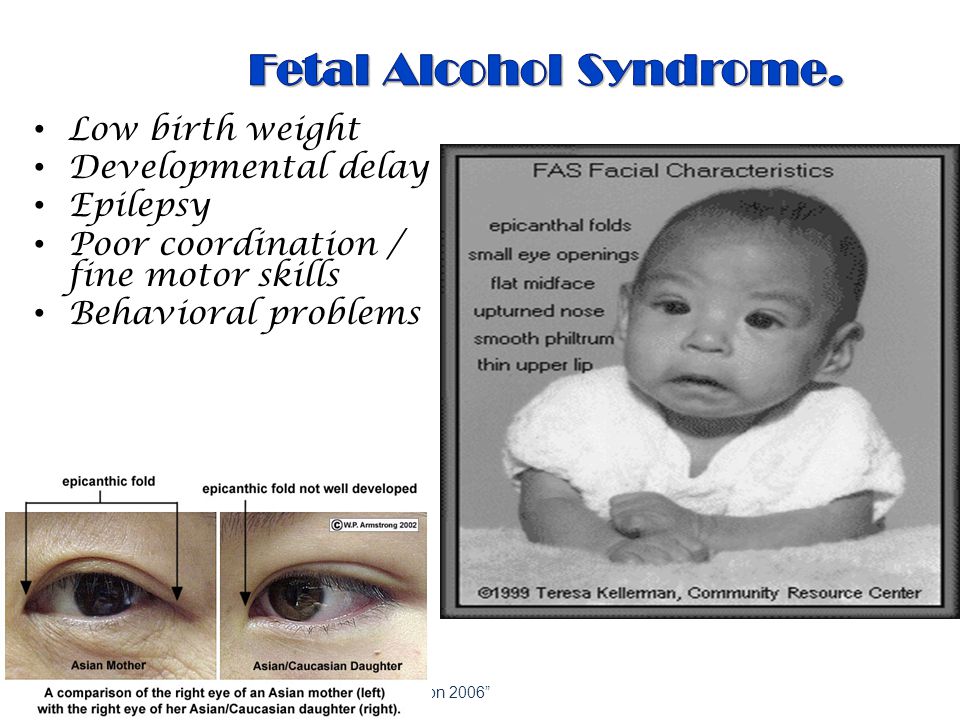
Other Health Problems
Many people with Down syndrome have the common facial features and no other major birth defects. However, some people with Down syndrome might have one or more major birth defects or other medical problems. Some of the more common health problems among children with Down syndrome are listed below.8
- Hearing loss
- Obstructive sleep apnea, which is a condition where the person’s breathing temporarily stops while asleep
- Ear infections
- Eye diseases
- Heart defects present at birth
Health care providers routinely monitor children with Down syndrome for these conditions.
Treatments
Down syndrome is a lifelong condition. Services early in life will often help babies and children with Down syndrome to improve their physical and intellectual abilities. Most of these services focus on helping children with Down syndrome develop to their full potential. These services include speech, occupational, and physical therapy, and they are typically offered through early intervention programs in each state.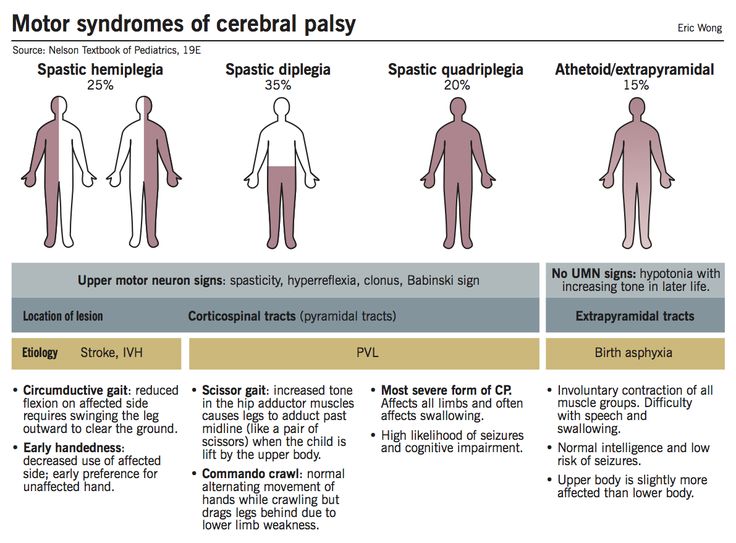 Children with Down syndrome may also need extra help or attention in school, although many children are included in regular classes.
Children with Down syndrome may also need extra help or attention in school, although many children are included in regular classes.
Other Resources
The views of these organizations are their own and do not reflect the official position of CDC.
- Down Syndrome Research Foundation (DSRF)
DSRF initiates research studies to better understand the learning styles of those with Down syndrome. - Global Down Syndrome Foundation
This foundation is dedicated to significantly improving the lives of people with Down syndrome through research, medical care, education and advocacy. - National Association for Down Syndrome
The National Association for Down Syndrome supports all persons with Down syndrome in achieving their full potential. They seek to help families, educate the public, address social issues and challenges, and facilitate active participation. - National Down Syndrome Society (NDSS)
NDSS seeks to increase awareness and acceptance of those with Down syndrome.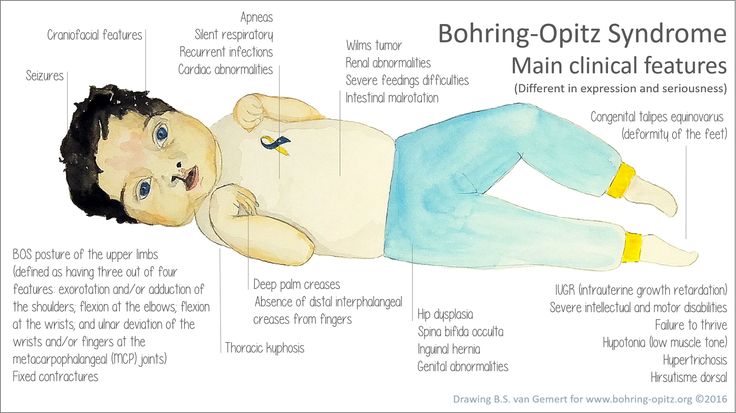
References
- Mai CT, Isenburg JL, Canfield MA, Meyer RE, Correa A, Alverson CJ, Lupo PJ, Riehle‐Colarusso T, Cho SJ, Aggarwal D, Kirby RS. National population‐based estimates for major birth defects, 2010–2014. Birth Defects Research. 2019; 111(18): 1420-1435.
- Shin M, Siffel C, Correa A. Survival of children with mosaic Down syndrome. Am J Med Genet A. 2010;152A:800-1.
- Allen EG, Freeman SB, Druschel C, et al. Maternal age and risk for trisomy 21 assessed by the origin of chromosome nondisjunction: a report from the Atlanta and National Down Syndrome Projects. Hum Genet. 2009 Feb;125(1):41-52.
- Ghosh S, Feingold E, Dey SK. Etiology of Down syndrome: Evidence for consistent association among altered meiotic recombination, nondisjunction, and maternal age across populations. Am J Med Genet A. 2009 Jul;149A(7):1415-20.
- Sherman SL, Allen EG, Bean LH, Freeman SB. Epidemiology of Down syndrome. Ment Retard Dev Disabil Res Rev.
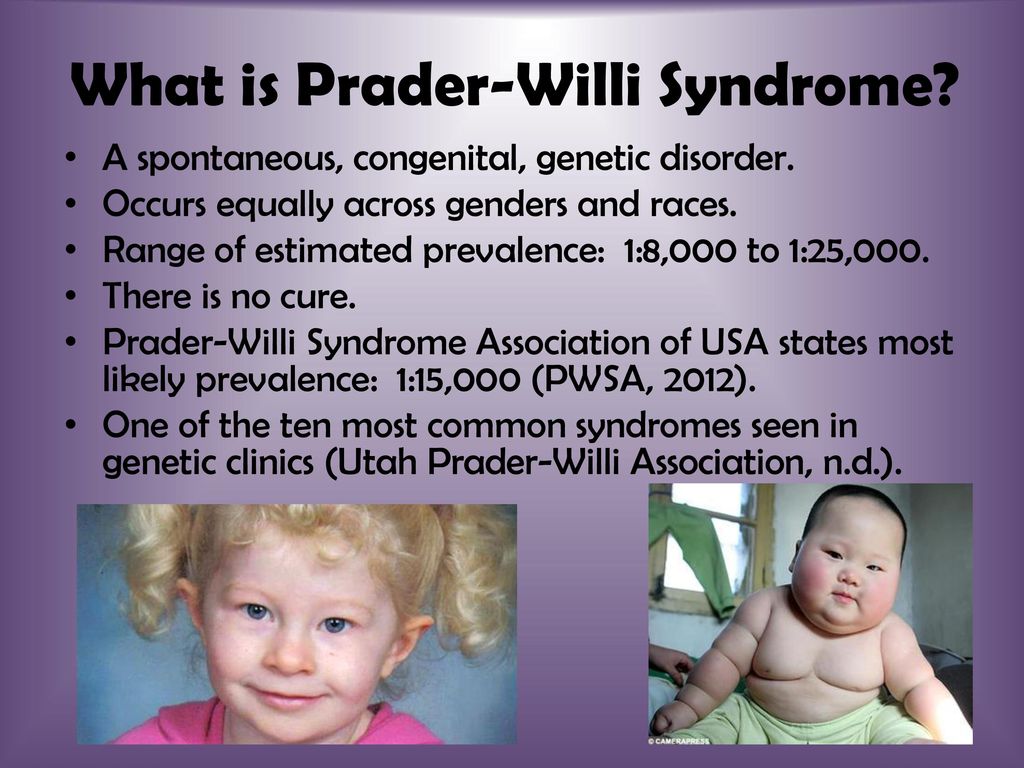 2007;13(3):221-7.
2007;13(3):221-7. - Adams MM, Erickson JD, Layde PM, Oakley GP. Down’s syndrome. Recent trends in the United States. JAMA. 1981 Aug 14;246(7):758-60.
- Olsen CL, Cross PK, Gensburg LJ, Hughes JP. The effects of prenatal diagnosis, population ageing, and changing fertility rates on the live birth prevalence of Down syndrome in New York State, 1983-1992. Prenat Diagn. 1996 Nov;16(11):991-1002.
- Bull MJ, the Committee on Genetics. Health supervision for children with Down syndrome. Pediatrics. 2011;128:393-406.
Human hereditary diseases and their causes
Genetic diseases in children represent a large group of diseases. Pathologies arise as a result of changes in the genetic background. This leads to the formation of new signs that are not normally found.
The role of factors in the development of congenital diseases
Predisposing factors for the occurrence of hereditary diseases in children include:
- the age of the parents.
 In women, the risk of having children with Down syndrome increases with age. This group also includes young mothers. The older the father, the higher the risk of developing mutations in the genes of the child;
In women, the risk of having children with Down syndrome increases with age. This group also includes young mothers. The older the father, the higher the risk of developing mutations in the genes of the child; - drugs. Many drugs are passively transplanted through the placenta to the fetus, act as teratogens, causing abnormalities in the development of the baby. Long-term use of drugs, high doses lead to this effect;
- unbalanced diet. Often the cause of congenital diseases is the lack of essential amino acids, vitamins, minerals in the diet of the expectant mother; nine0010
- intrauterine infections. These include toxoplasmosis, rubella, herpes, cytomegalovirus infection;
- alcohol consumption;
- induced ionizing radiation.
When planning pregnancy, it is necessary to take into account as much as possible all the negative factors that may affect the development of the fetus. Our doctors at a remote consultation will tell you in detail about how to prepare for pregnancy, will be in touch at any time of the day and are ready to answer any questions at all stages of pregnancy, in the postpartum period.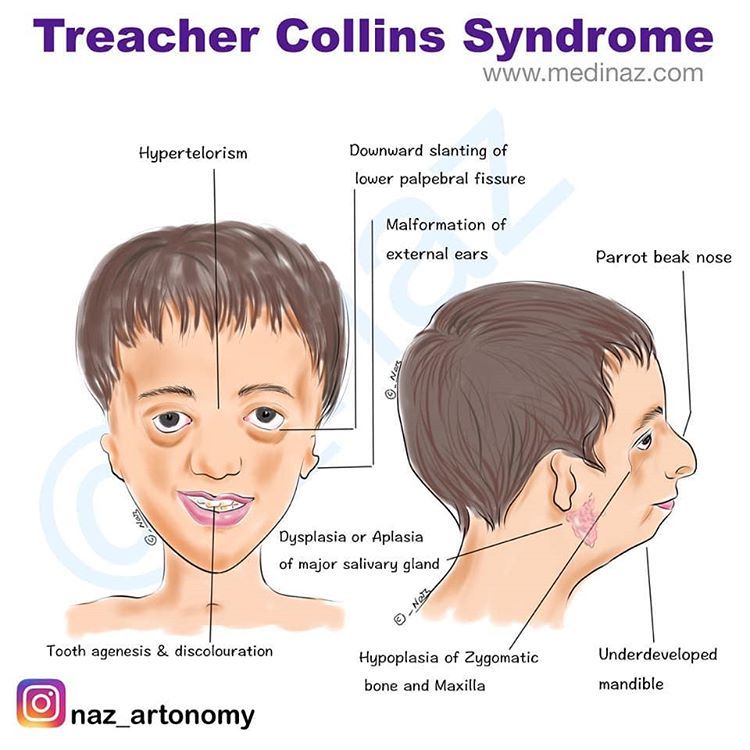 nine0003
nine0003
Classification of pathologies
The DNA molecule is the carrier of genetic information. Any change in the DNA sequence leads to mutations. There are the following types of hereditary diseases:
| Name | Description | nine0043
| Genomic diseases | Caused by a change in the number of chromosomes. Most of these mutations are incompatible with life. Genomic mutations compatible with life - trisomy syndrome |
| Chromosomal | Associated with abnormalities in the structure of chromosomes nine0038 |
| Genetic | Caused by a change in the DNA molecule |
For reasons that caused mutations:
| Name | Description |
| Spontaneous | Appear as a result of the action of mutagenic environmental factors |
| induced | Occur due to the directed action of mutagenic factors as a result of human activity |
Mutagens that cause mutations are divided into: nine0003
| Name | Description |
| Physical | Various types of radiation, high temperatures |
| Chemical | nine0035 |
| Biological | Viruses, bacteria, protozoa, helminth metabolic products |
Example
A five-month-old child with his mother was admitted to the hospital with complaints of anxiety, cough, and temperature.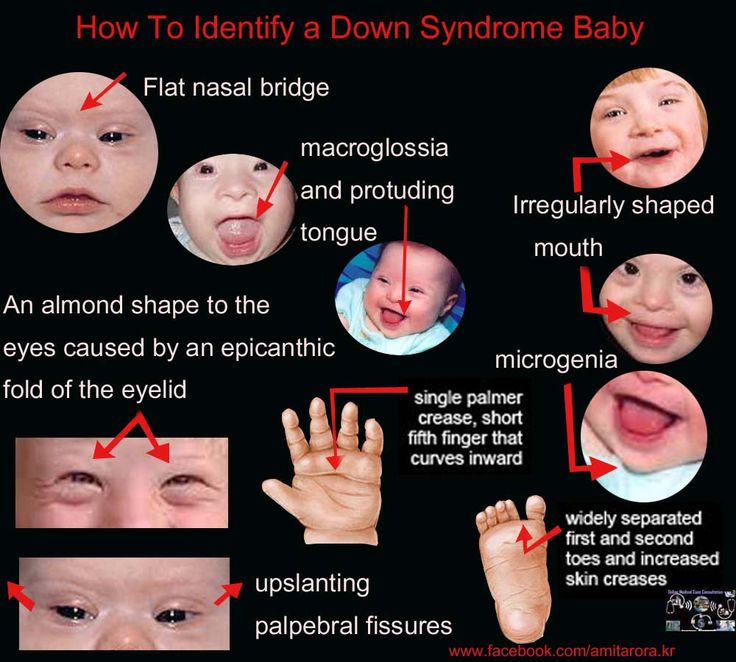 When coughing, a small amount of sputum is separated. When contacting a pediatrician, a diagnosis of SARS was made. Sent to hospitalization, where a clinical diagnosis was made: congenital heart disease, circulatory failure 2A, phase of primary adaptation, hypostatus of the second degree, progression period, postnatal, mixed. Residual effects of SARS. Treatment, diet therapy was prescribed. nine0003
When coughing, a small amount of sputum is separated. When contacting a pediatrician, a diagnosis of SARS was made. Sent to hospitalization, where a clinical diagnosis was made: congenital heart disease, circulatory failure 2A, phase of primary adaptation, hypostatus of the second degree, progression period, postnatal, mixed. Residual effects of SARS. Treatment, diet therapy was prescribed. nine0003
Chromosomal mutations
Diseases are classified as chromosomal if mutations have affected individual chromosomes and changed their structure.
Down syndrome
The pathology is caused by a chromosomal abnormality, manifested by trisomy on the 21st chromosome. Carrying a fetus with Down's syndrome is associated with a risk of miscarriage - in 30 percent of women at 6-8 weeks.
In 90 percent of cases, children with Down syndrome have a pronounced: nine0003
- brachycephaly;
- short wide neck;
- flat nape;
- deformation of the auricles;
- newborns have a characteristic crease in the neck;
- Mongoloid incision of the eyes;
- macroglossia.
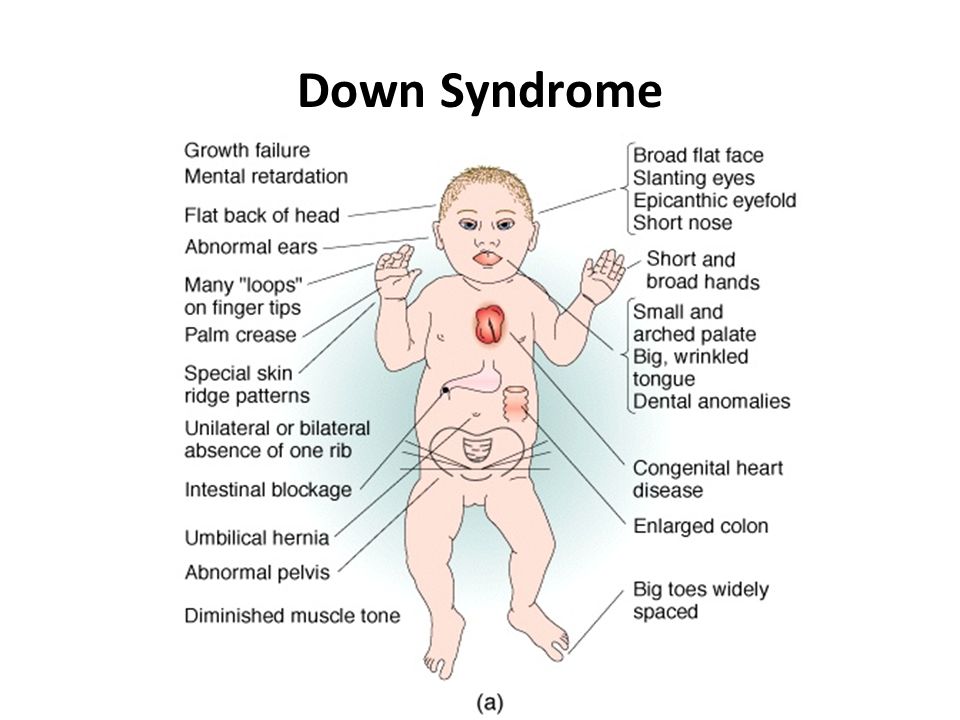
Such children have short limbs, little fingers are twisted, and a “monkey” fold appears on the palms. nine0003
The following pathologies are more common in a child with Down syndrome:
- UPU;
- cataract, glaucoma, strabismus;
- hearing loss;
- epilepsy;
- leukemia;
- malformations of the gastrointestinal tract.
Such babies are difficult to tolerate childhood infections, often get sick. In most cases, in young patients, intellectual development disorders are noted, which manifest themselves in mental retardation. nine0003
Important! It is impossible to completely recover from pathology. Such children need an individual approach to learning, they must be constantly monitored by specialists.
Edwards syndrome
Occurs as a result of complete or partial trisomy on the 18th autosome.
During pregnancy there is:
- polyhydramnios;
- fetal activity is weak; nine0010
- the placenta is small;
- one umbilical artery.
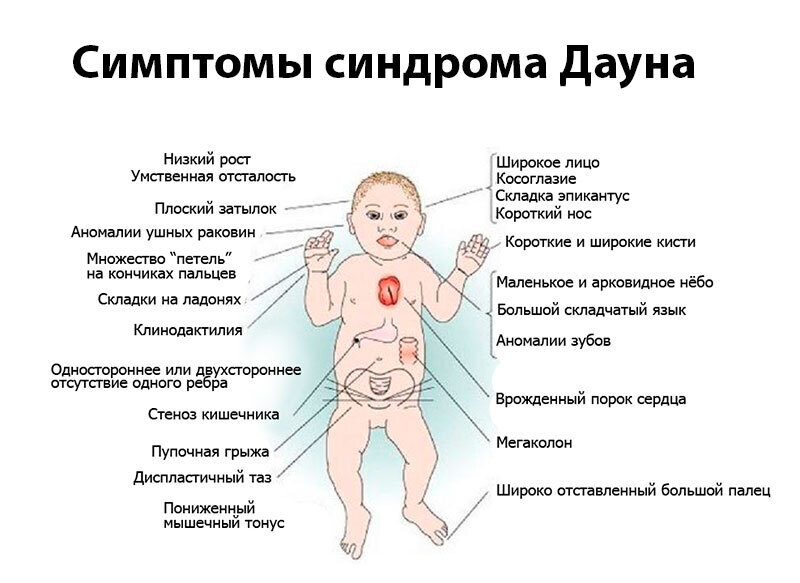
At birth with this pathology, the child will:
- small weight;
- with a protruding nape;
- micrognathia;
- microphthalmia;
- small mouth.
Quite often there are "cleft lip", ptosis, epicanthus, strabismus, exophthalmos. In children with Edwards syndrome, skeletal deformity is observed: nine0003
- shortened sternum;
- crossed fingers;
- rib anomalies;
- congenital dislocation of the hip;
- clubfoot.
In addition, there are severe anomalies in the work of the whole organism. Such children need mechanical ventilation, tube feeding. The lethal outcome most often occurs up to a year due to severe defects and complications.
Read also Congenital malformations of the fetus
Klinefelter syndrome
This syndrome is polysomy or disomy on the female sex chromosome.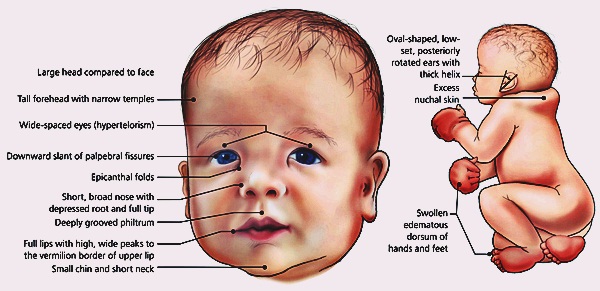 With this pathology, males have one Y chromosome and two X chromosomes.
With this pathology, males have one Y chromosome and two X chromosomes.
Children are born with normal height and weight. Boys at an early age often suffer from colds, lag behind in motor development, and have a delay in speech development.
Characteristic signs appear in puberty: nine0003
- eunuchoid body type;
- late appearance of secondary sexual characteristics;
- small penis;
- testicular hypoplasia;
- gynecomastia.
On examination, there is female-type pubic hair growth, scanty hair growth on the chest, face, armpits, and limbs. Boys develop chest deformity, osteoporosis, malocclusion, bradycardia, and sweating. nine0003
it is impossible to completely recover from the disease.
Genetic diseases
They can be monogenic or polygenic. Among the monogenic most common:
- Marfan syndrome;
- Recklinghausen's disease;
- Ehlers-Danlos syndrome;
- imperfect osteogenesis;
- Albright's disease, etc.

Polygenic diseases are:
- atherosclerosis;
- hypertonic disease;
- diabetes;
- allergic pathologies.
Pseudohypoparathyroidism
Albright's disease is a rare hereditary pathology. She is characterized by:
- low growth;
- excess body weight; nine0009 hyperglycemia;
- moon face.
Pseudohypoparathyroidism can be combined with other disorders of the endocrine system. Neurological symptoms:
- tonic convulsions;
- developmental delay.
Among many clinical signs appear urolithiasis, vomiting, hematuria, lenticular cataract.
Ichthyosis
The disease is hereditary, proceeds according to the type of dermatosis. Ordinary ichthyosis appears up to three years. Doctors can detect it and make a diagnosis before 3 months of age.
Ichthyosis vulgaris is a common form of the disease and is inherited in an autosomal dominant manner. She is characterized by:
She is characterized by:
- dryness and roughness of the skin;
- the formation of small whitish scales tightly adjacent to each other; nine0010
- mucoid peeling on the palms;
- skin pattern is pronounced.
The dystrophic process affects the hair, nail plates, teeth of the child. Hair becomes brittle, dry, nails exfoliate, break, multiple caries on the teeth.
With eye damage, it is noted:
- retinitis;
- myopia;
- conjunctivitis. nine0010
Allocate recessive, congenital, epidermolytic ichthyosis.
Hemophilia
The basis is a violation of blood clotting. It occurs predominantly in males. The female sex is the carrier of pathology. Clinically manifested:
- prolonged bleeding from the umbilical cord in infants;
- subcutaneous hematomas;
- cephalohematoma. nine0010
In children of the first year of life, bleeding can occur during teething, as a result of simple surgical interventions.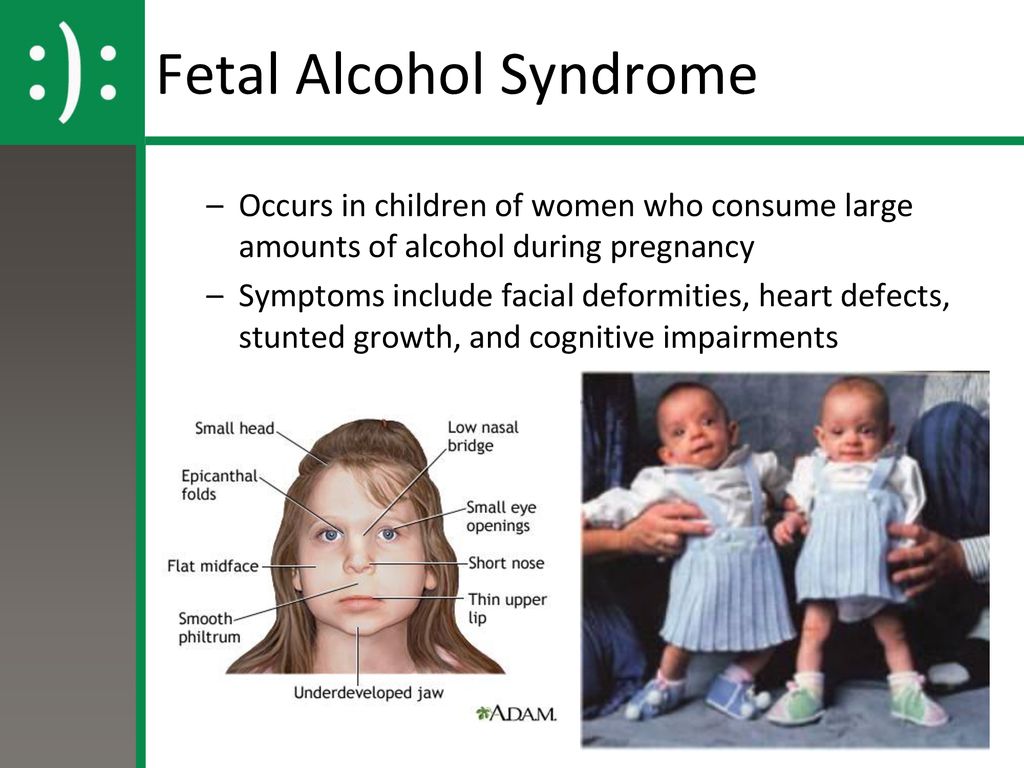 The risk of bleeding occurs at the age when the baby begins to crawl, stand up, walk. For children after a year, frequent nosebleeds, subcutaneous hematomas, hemorrhages in large joints are characteristic. After recovering from ARVI, the risk of hemorrhagic diathesis is high. Often, parents notice bruises in a child that do not go away for a long time. nine0003
The risk of bleeding occurs at the age when the baby begins to crawl, stand up, walk. For children after a year, frequent nosebleeds, subcutaneous hematomas, hemorrhages in large joints are characteristic. After recovering from ARVI, the risk of hemorrhagic diathesis is high. Often, parents notice bruises in a child that do not go away for a long time. nine0003
Hemophilia has delayed bleeding. It does not develop immediately after injury, after 6 hours. If you have any questions, please contact our doctors. At a remote consultation, they will tell you in detail about the causes, clinical signs of the disease, and select clinics for examination.
Forecast and consequences
Genetic diseases can appear immediately after birth or at a later date. Some have an unfavorable prognosis, lead to death, others significantly complicate the quality of life of the child. Severe forms can cause premature termination of pregnancy, accompanied by the birth of a dead baby.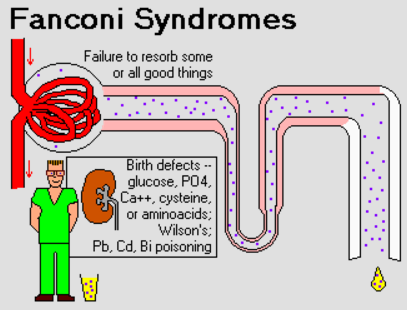 nine0003
nine0003
How to detect groups of hereditary diseases
For detection, methods of prenatal diagnosis are used. They include ultrasound diagnostics, biochemical screening of the first and second trimester. If there are indications, it is advisable for expectant mothers to undergo amniocentesis, cordocentesis, chorionic villus biopsy.
Babies after birth are examined for congenital pathologies and diseases. These may be congenital pathologies of metabolism. Other diseases that could not be recognized immediately after birth are established by biochemical, molecular genetic, cytogenetic research methods. nine0003
Is complete healing possible
It is impossible to completely heal from mutations. With some types of diseases that are inherited, a significant improvement in the quality of life of a child can be achieved. In therapy, symptomatic and pathogenetic treatment is used. Symptomatic includes:
- broad-spectrum drugs;
- physiotherapy;
- massage, exercise therapy; nine0010
- correctional and developmental classes.
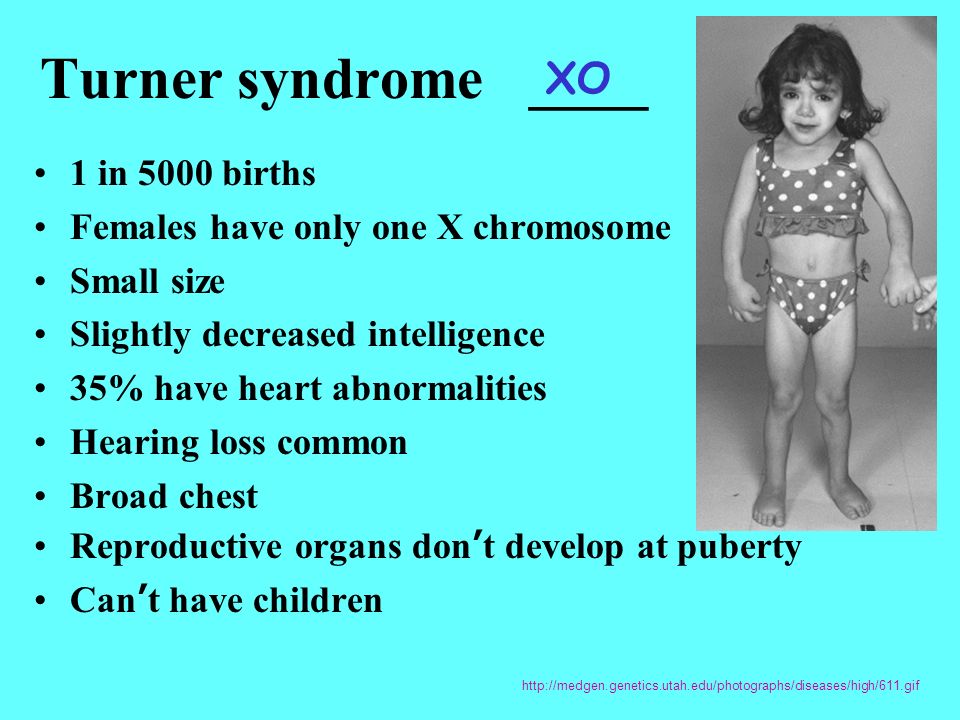
Pathogenetic therapy includes:
- replacement therapy;
- replenishment of missing hormones, enzymes.
The need for surgical intervention arises in the presence of complications, severe defects.
Prevention of pathologies
The main preventive methods of inherited pathologies are medical genetic counseling. It includes consultations for married couples on planning, conceiving, carrying a pregnancy. Such counseling is mandatory in cases of the birth of a sick child, with aggravated heredity, with repeated miscarriages, in cases where the age of the nulliparous woman is above 35 years. nine0003
Primary prevention is aimed at:
- pregnancy planning;
- vitaminization;
- protection from the negative impact of the environment of the population.
Secondary preventive measures are necessary to prevent the birth of sick children. It is carried out in the prenatal period.
Tertiary prevention includes activities that are aimed at preventing the development of the disease, complications. nine0003
FAQ
What prerequisites during pregnancy will indicate pathologies in the development of the fetus?
+
It is impossible to independently determine deviations in the development of the fetus. It remains only to note your state of health, the activity of the fetus. Developmental pathologies are determined with the help of special studies of the expectant mother.
What teratogens are dangerous at all stages of pregnancy and can harm the baby? nine0003
+
These can be intrauterine infections, somatic diseases, bad habits of the mother, uncontrolled intake of drugs, lack of vitamins and minerals.
What is the difference between acquired and congenital malformations of a child?
+
Congenital mutations occur at the gene, chromosomal level. Appear during fetal development. Acquired - appeared as a result of external factors. nine0003
What are polygenic diseases?
+
These are pathologies in the origin of which environmental and genetic factors play a role. Such diseases are treated as hereditarily predisposed. It could be atherosclerosis. peptic ulcer of the stomach, duodenum, etc.
Expert opinion
Pathological changes in the genetic apparatus can lead to the formation of hereditary diseases in children. Such diseases are caused by genetic factors, exposure to environmental factors. Not all congenital diseases appear immediately after the baby is born. So, Huntington's chorea can manifest itself only by the age of 40. To date, 6000 syndromes with a hereditary mechanism of transmission are known. nine0003
Human hereditary diseases and their causes
Genetic diseases in children represent a large group of diseases.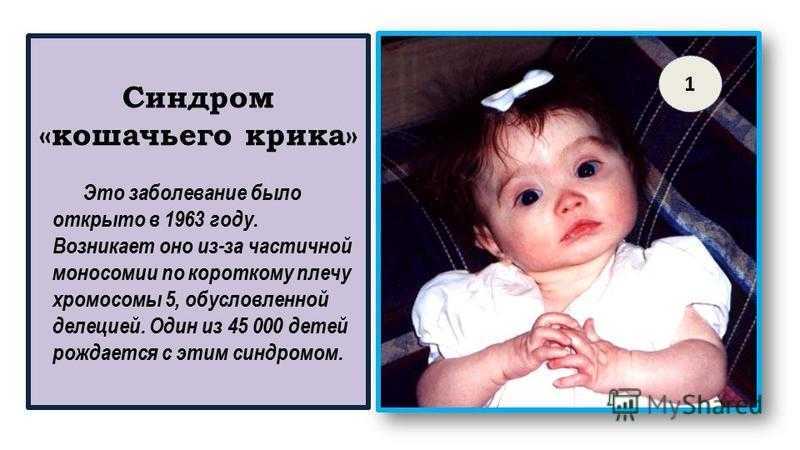 Pathologies arise as a result of changes in the genetic background. This leads to the formation of new signs that are not normally found.
Pathologies arise as a result of changes in the genetic background. This leads to the formation of new signs that are not normally found.
The role of factors in the development of congenital diseases
Predisposing factors for the occurrence of hereditary diseases in children include: nine0003
- the age of the parents. In women, the risk of having children with Down syndrome increases with age. This group also includes young mothers. The older the father, the higher the risk of developing mutations in the genes of the child;
- drugs. Many drugs are passively transplanted through the placenta to the fetus, act as teratogens, causing abnormalities in the development of the baby. Long-term use of drugs, high doses lead to this effect;
- unbalanced diet. Often the cause of congenital diseases is the lack of essential amino acids, vitamins, minerals in the diet of the expectant mother; nine0010
- intrauterine infections. These include toxoplasmosis, rubella, herpes, cytomegalovirus infection;
- alcohol consumption;
- induced ionizing radiation.

When planning pregnancy, it is necessary to take into account as much as possible all the negative factors that may affect the development of the fetus. Our doctors at a remote consultation will tell you in detail about how to prepare for pregnancy, will be in touch at any time of the day and are ready to answer any questions at all stages of pregnancy, in the postpartum period. nine0003
Classification of pathologies
The DNA molecule is the carrier of genetic information. Any change in the DNA sequence leads to mutations. There are the following types of hereditary diseases:
| Name | Description | nine0043
| Genomic diseases | Caused by a change in the number of chromosomes. Most of these mutations are incompatible with life. Genomic mutations compatible with life - trisomy syndrome |
| Chromosomal | Associated with abnormalities in the structure of chromosomes nine0038 |
| Genetic | Caused by a change in the DNA molecule |
For reasons that caused mutations:
| Name | Description |
| Spontaneous | Appear as a result of the action of mutagenic environmental factors |
| induced | Occur due to the directed action of mutagenic factors as a result of human activity |
Mutagens that cause mutations are divided into: nine0003
| Name | Description |
| Physical | Various types of radiation, high temperatures |
| Chemical | nine0035 |
| Biological | Viruses, bacteria, protozoa, helminth metabolic products |
Example
A five-month-old child with his mother was admitted to the hospital with complaints of anxiety, cough, and temperature.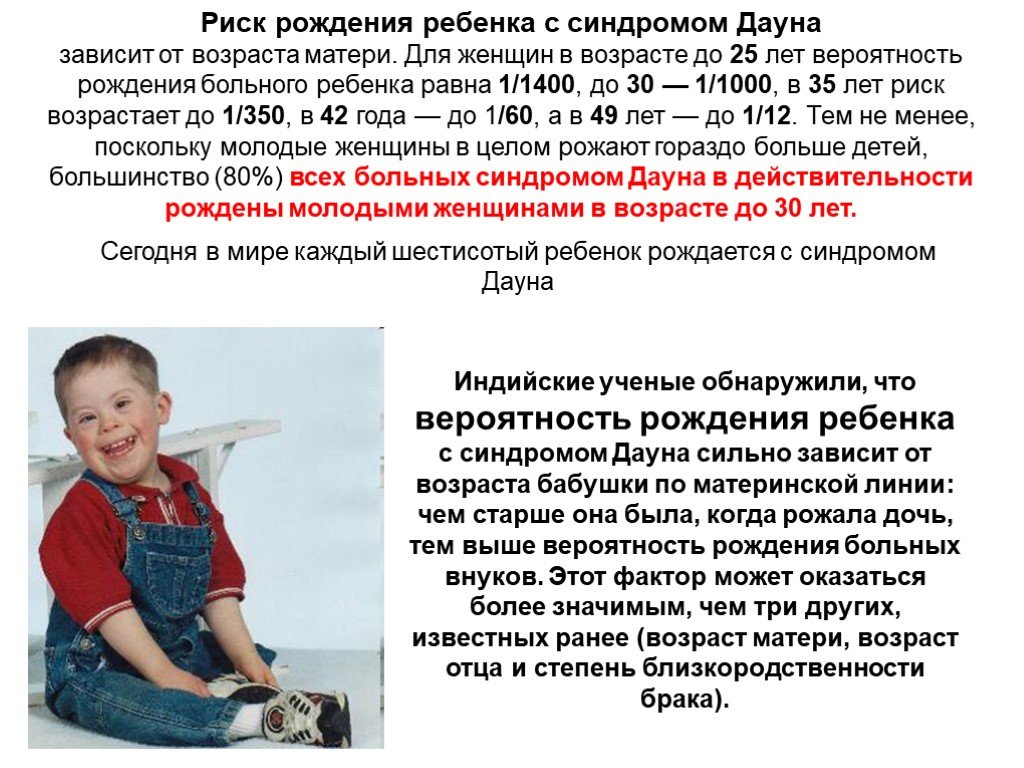 When coughing, a small amount of sputum is separated. When contacting a pediatrician, a diagnosis of SARS was made. Sent to hospitalization, where a clinical diagnosis was made: congenital heart disease, circulatory failure 2A, phase of primary adaptation, hypostatus of the second degree, progression period, postnatal, mixed. Residual effects of SARS. Treatment, diet therapy was prescribed. nine0003
When coughing, a small amount of sputum is separated. When contacting a pediatrician, a diagnosis of SARS was made. Sent to hospitalization, where a clinical diagnosis was made: congenital heart disease, circulatory failure 2A, phase of primary adaptation, hypostatus of the second degree, progression period, postnatal, mixed. Residual effects of SARS. Treatment, diet therapy was prescribed. nine0003
Chromosomal mutations
Diseases are classified as chromosomal if mutations have affected individual chromosomes and changed their structure.
Down syndrome
The pathology is caused by a chromosomal abnormality, manifested by trisomy on the 21st chromosome. Carrying a fetus with Down's syndrome is associated with a risk of miscarriage - in 30 percent of women at 6-8 weeks.
In 90 percent of cases, children with Down syndrome have a pronounced: nine0003
- brachycephaly;
- short wide neck;
- flat nape;
- deformation of the auricles;
- newborns have a characteristic crease in the neck;
- Mongoloid incision of the eyes;
- macroglossia.

Such children have short limbs, little fingers are twisted, and a “monkey” fold appears on the palms. nine0003
The following pathologies are more common in a child with Down syndrome:
- UPU;
- cataract, glaucoma, strabismus;
- hearing loss;
- epilepsy;
- leukemia;
- malformations of the gastrointestinal tract.
Such babies are difficult to tolerate childhood infections, often get sick. In most cases, in young patients, intellectual development disorders are noted, which manifest themselves in mental retardation. nine0003
Important! It is impossible to completely recover from pathology. Such children need an individual approach to learning, they must be constantly monitored by specialists.
Edwards syndrome
Occurs as a result of complete or partial trisomy on the 18th autosome.
During pregnancy there is:
- polyhydramnios;
- fetal activity is weak; nine0010
- the placenta is small;
- one umbilical artery.
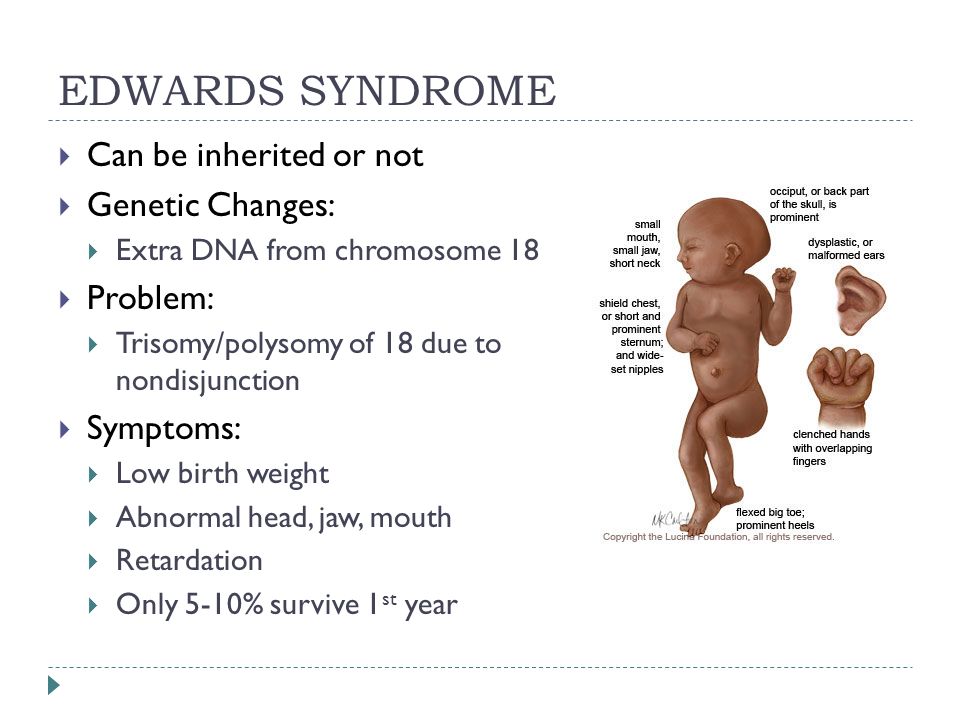
At birth with this pathology, the child will:
- small weight;
- with a protruding nape;
- micrognathia;
- microphthalmia;
- small mouth.
Quite often there are "cleft lip", ptosis, epicanthus, strabismus, exophthalmos. In children with Edwards syndrome, skeletal deformity is observed: nine0003
- shortened sternum;
- crossed fingers;
- rib anomalies;
- congenital dislocation of the hip;
- clubfoot.
In addition, there are severe anomalies in the work of the whole organism. Such children need mechanical ventilation, tube feeding. The lethal outcome most often occurs up to a year due to severe defects and complications.
Read also Congenital malformations of the fetus
Klinefelter syndrome
This syndrome is polysomy or disomy on the female sex chromosome. With this pathology, males have one Y chromosome and two X chromosomes.
With this pathology, males have one Y chromosome and two X chromosomes.
Children are born with normal height and weight. Boys at an early age often suffer from colds, lag behind in motor development, and have a delay in speech development.
Characteristic signs appear in puberty: nine0003
- eunuchoid body type;
- late appearance of secondary sexual characteristics;
- small penis;
- testicular hypoplasia;
- gynecomastia.
On examination, there is female-type pubic hair growth, scanty hair growth on the chest, face, armpits, and limbs. Boys develop chest deformity, osteoporosis, malocclusion, bradycardia, and sweating. nine0003
it is impossible to completely recover from the disease.
Genetic diseases
They can be monogenic or polygenic. Among the monogenic most common:
- Marfan syndrome;
- Recklinghausen's disease;
- Ehlers-Danlos syndrome;
- imperfect osteogenesis;
- Albright's disease, etc.

Polygenic diseases are:
- atherosclerosis;
- hypertonic disease;
- diabetes;
- allergic pathologies.
Pseudohypoparathyroidism
Albright's disease is a rare hereditary pathology. She is characterized by:
- low growth;
- excess body weight; nine0009 hyperglycemia;
- moon face.
Pseudohypoparathyroidism can be combined with other disorders of the endocrine system. Neurological symptoms:
- tonic convulsions;
- developmental delay.
Among many clinical signs appear urolithiasis, vomiting, hematuria, lenticular cataract.
Ichthyosis
The disease is hereditary, proceeds according to the type of dermatosis. Ordinary ichthyosis appears up to three years. Doctors can detect it and make a diagnosis before 3 months of age.
Ichthyosis vulgaris is a common form of the disease and is inherited in an autosomal dominant manner.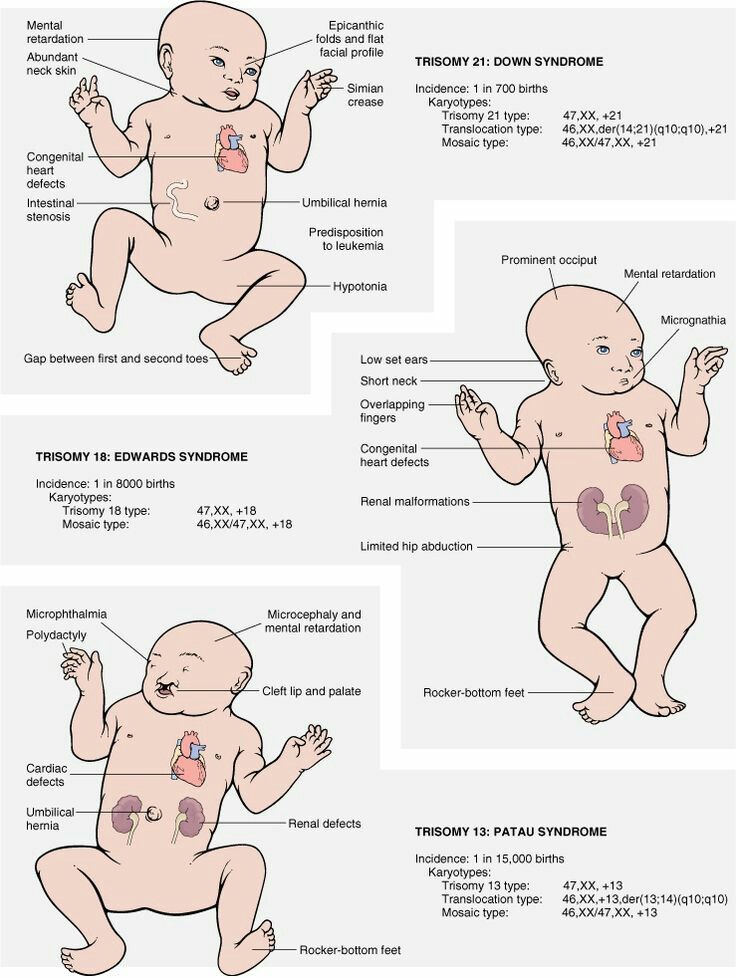 She is characterized by:
She is characterized by:
- dryness and roughness of the skin;
- the formation of small whitish scales tightly adjacent to each other; nine0010
- mucoid peeling on the palms;
- skin pattern is pronounced.
The dystrophic process affects the hair, nail plates, teeth of the child. Hair becomes brittle, dry, nails exfoliate, break, multiple caries on the teeth.
With eye damage, it is noted:
- retinitis;
- myopia;
- conjunctivitis. nine0010
Allocate recessive, congenital, epidermolytic ichthyosis.
Hemophilia
The basis is a violation of blood clotting. It occurs predominantly in males. The female sex is the carrier of pathology. Clinically manifested:
- prolonged bleeding from the umbilical cord in infants;
- subcutaneous hematomas;
- cephalohematoma. nine0010
In children of the first year of life, bleeding can occur during teething, as a result of simple surgical interventions.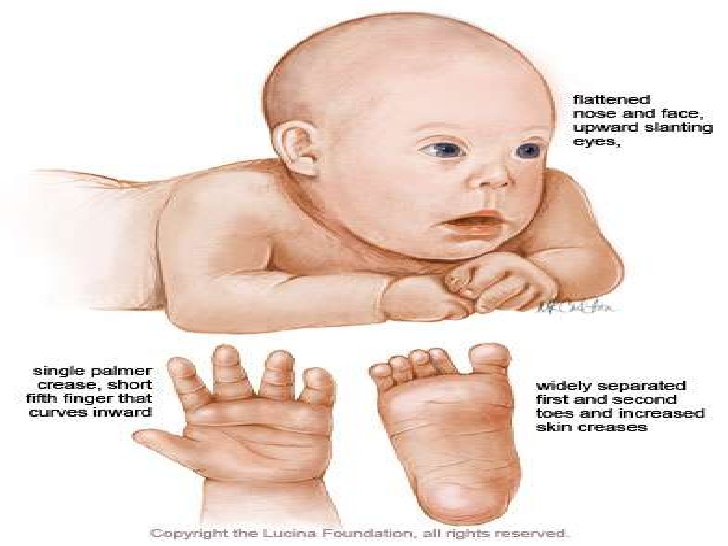 The risk of bleeding occurs at the age when the baby begins to crawl, stand up, walk. For children after a year, frequent nosebleeds, subcutaneous hematomas, hemorrhages in large joints are characteristic. After recovering from ARVI, the risk of hemorrhagic diathesis is high. Often, parents notice bruises in a child that do not go away for a long time. nine0003
The risk of bleeding occurs at the age when the baby begins to crawl, stand up, walk. For children after a year, frequent nosebleeds, subcutaneous hematomas, hemorrhages in large joints are characteristic. After recovering from ARVI, the risk of hemorrhagic diathesis is high. Often, parents notice bruises in a child that do not go away for a long time. nine0003
Hemophilia has delayed bleeding. It does not develop immediately after injury, after 6 hours. If you have any questions, please contact our doctors. At a remote consultation, they will tell you in detail about the causes, clinical signs of the disease, and select clinics for examination.
Forecast and consequences
Genetic diseases can appear immediately after birth or at a later date. Some have an unfavorable prognosis, lead to death, others significantly complicate the quality of life of the child. Severe forms can cause premature termination of pregnancy, accompanied by the birth of a dead baby.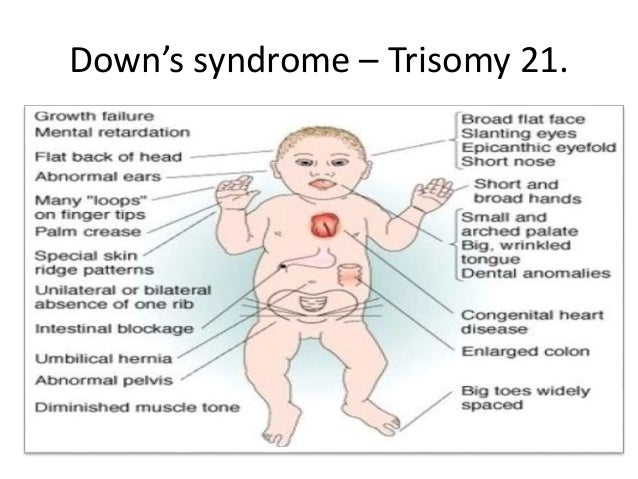 nine0003
nine0003
How to detect groups of hereditary diseases
For detection, methods of prenatal diagnosis are used. They include ultrasound diagnostics, biochemical screening of the first and second trimester. If there are indications, it is advisable for expectant mothers to undergo amniocentesis, cordocentesis, chorionic villus biopsy.
Babies after birth are examined for congenital pathologies and diseases. These may be congenital pathologies of metabolism. Other diseases that could not be recognized immediately after birth are established by biochemical, molecular genetic, cytogenetic research methods. nine0003
Is complete healing possible
It is impossible to completely heal from mutations. With some types of diseases that are inherited, a significant improvement in the quality of life of a child can be achieved. In therapy, symptomatic and pathogenetic treatment is used. Symptomatic includes:
- broad-spectrum drugs;
- physiotherapy;
- massage, exercise therapy; nine0010
- correctional and developmental classes.
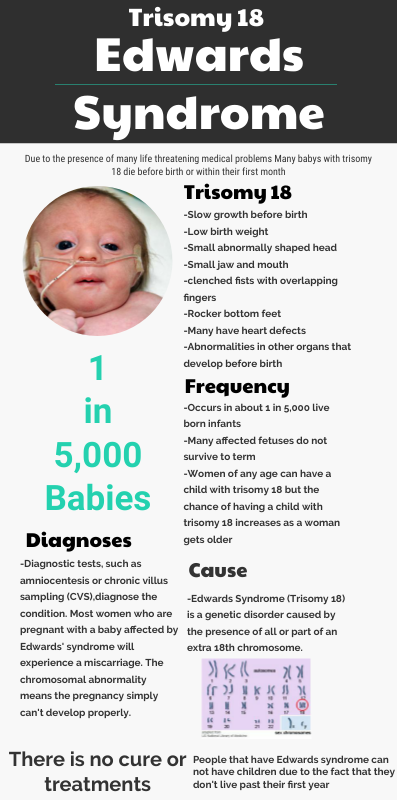
Pathogenetic therapy includes:
- replacement therapy;
- replenishment of missing hormones, enzymes.
The need for surgical intervention arises in the presence of complications, severe defects.
Prevention of pathologies
The main preventive methods of inherited pathologies are medical genetic counseling. It includes consultations for married couples on planning, conceiving, carrying a pregnancy. Such counseling is mandatory in cases of the birth of a sick child, with aggravated heredity, with repeated miscarriages, in cases where the age of the nulliparous woman is above 35 years. nine0003
Primary prevention is aimed at:
- pregnancy planning;
- vitaminization;
- protection from the negative impact of the environment of the population.
Secondary preventive measures are necessary to prevent the birth of sick children. It is carried out in the prenatal period.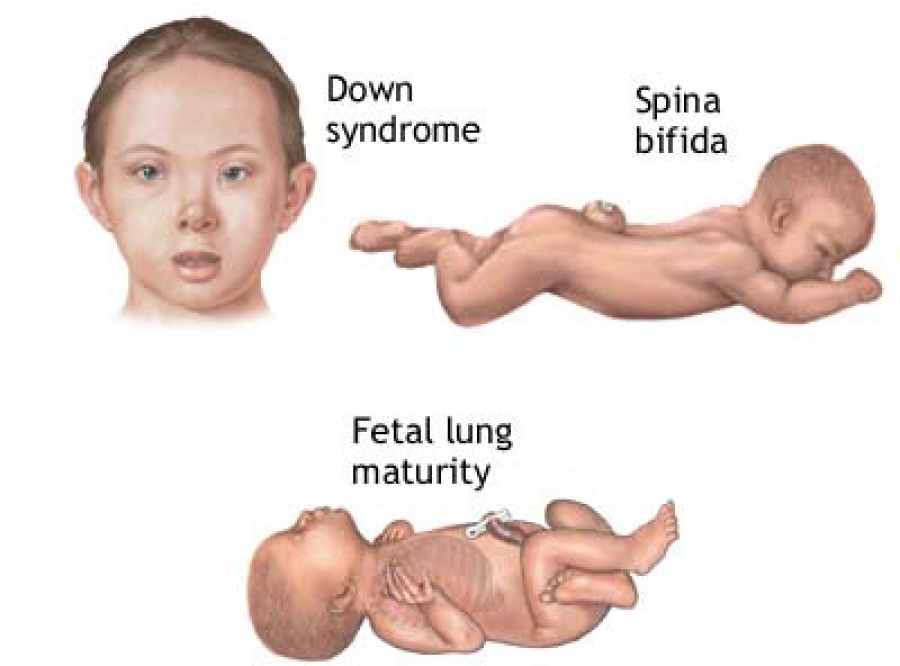
Tertiary prevention includes activities that are aimed at preventing the development of the disease, complications. nine0003
FAQ
What prerequisites during pregnancy will indicate pathologies in the development of the fetus?
+
It is impossible to independently determine deviations in the development of the fetus. It remains only to note your state of health, the activity of the fetus. Developmental pathologies are determined with the help of special studies of the expectant mother.
What teratogens are dangerous at all stages of pregnancy and can harm the baby? nine0003
+
These can be intrauterine infections, somatic diseases, bad habits of the mother, uncontrolled intake of drugs, lack of vitamins and minerals.
What is the difference between acquired and congenital malformations of a child?
+
Congenital mutations occur at the gene, chromosomal level.